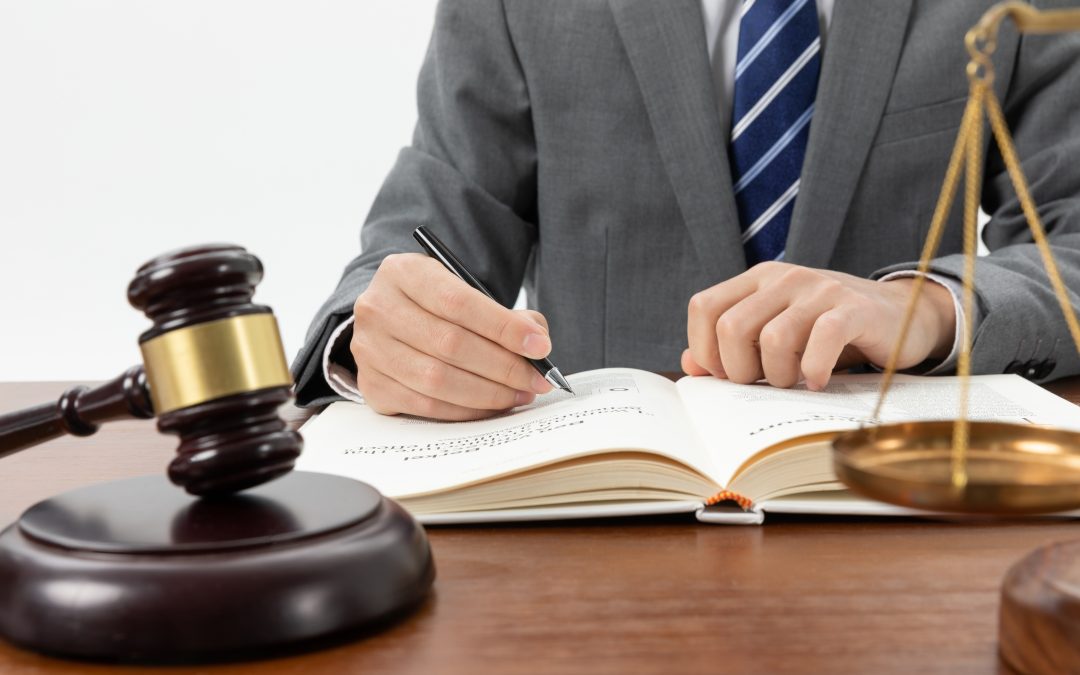
Trademark Prosecution: Avoiding Common Mistakes
Trademark prosecution is the process of filing a trademark application and verifying that it meets all the necessary requirements. The process can be complex, and there are a number of common trademark prosecution mistakes that applicants make. These mistakes can delay the registration process or even lead to the trademark being rejected.
By understanding the basics of trademark prosecution and avoiding common mistakes, the process can be much smoother. In this blog post, we will cover four of the most common mistakes made during trademark prosecution so that you can avoid them in your own application. The 4 most common mistakes are:
1. Not Investigating Similar Trademarks
2. Filing an Incomplete Application
3. Failing to Respond to Office Actions
4. Abandoning the Trademark Application
Not Investigating Similar Trademarks
One of the most common mistakes made during trademark prosecution is failing to investigate similar trademarks. Before filing a trademark application, it is important to search for similar trademarks that have already been registered. This can be done by searching the USPTO trademark database.
If you find a similar trademark that has been registered, you may still be able to use your trademark if it is used for different goods or services. However, if the trademark is used for the same or similar goods or services, you may not be able to use your trademark.
Filing an Incomplete Application
Another common mistake made during trademark prosecution is failing to file a complete trademark application. A trademark application must include the following:
– The name and address of the applicant
– A list of the goods or services for which the trademark will be used
– A drawing of the trademark
If an applicant fails to include all of this information, the USPTO may reject the application outright.
Failing to Respond to Office Actions
After an application is filed, the trademark examiner will conduct a search of existing trademarks to make sure that the proposed trademark is not too similar to any other mark. If the trademark examiner finds any potential conflicts, he or she will issue an office action.
An office action is a written notification from the USPTO that includes a list of any objections to the trademark application. The trademark examiner will also include instructions on how to respond to the office action.
If an applicant fails to respond to an office action within the specified time period, the trademark application will be considered abandoned and will be refused.
Not all office actions are negative, however. In some cases, the trademark examiner may issue a “non-final” office action, which simply means that the trademark application is still being reviewed and that the applicant should respond to any objections raised by the trademark examiner.
Once an applicant responds to an office action, the trademark examiner will review the response and may issue a “final” office action, refusing the trademark registration. If the trademark examiner issues a final refusal, the applicant may appeal the decision to the Trademark Trial and Appeal Board.
Abandoning the Trademark Application
It is possible to abandon a trademark application if you no longer wish to pursue it. This may be because you have decided not to use the trademark after all. Potentially it is because you made a mistake in the application and would like to start over. In either case, you will need to notify the trademark office in writing that you are abandoning the application. Once your request is processed, the trademark application will be abandoned and you will not be able to revive it. If you later decide that you do want to trademark the original mark, you will need to file a new application and start the process anew.
It is important to note that trademark applicants should not attempt to file a trademark application without the assistance of an experienced trademark attorney. The trademark prosecution process is complex. Trademark attorneys can help navigate the process to increase the chances of a successful trademark registration.
How Initiating Protection Can Help
If you have any questions about trademark prosecution, please contact Initiating Protection at 678.965.3268. We provide brand protection services to businesses of all sizes, and during all portions of a brand’s life cycle. We accomplish this by creating a personal connection with clients, using both modern software and old-fashioned relationships
(This article is provided for informational purposes only and is not legal advice. For legal advice, please contact us for additional help).




